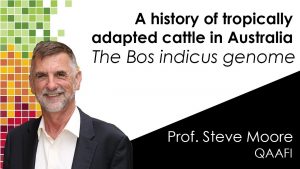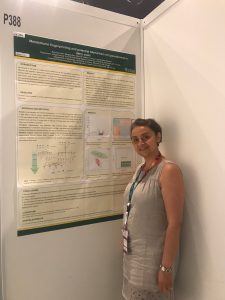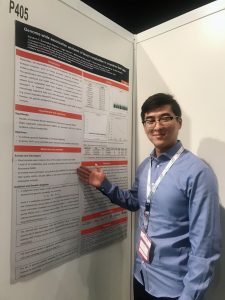by Julia Keenliside DVM MSc
Veterinary Epidemiologist
Alberta Agriculture and Forestry
The Porcine Epidemic Diarrhea (PED) virus first made the jump from Asia to the USA in 2013. Since then, it has spread rapidly across the USA and parts of Canada. Until 2019, the Alberta pork industry had succeeded in keeping the virus out of the province. That changed on January 7 when the first case was confirmed in central Alberta. Three more cases followed in February and March in the Lethbridge area. As of August 2019, the outbreak is still limited to four farms.
PED is a viral disease that affects only swine and their relatives (including wild boar). Symptoms are often unmistakable, with large numbers of pigs affected by severe diarrhea, vomiting and refusal to eat. It is generally fatal in young piglets, but older pigs will recover completely within a week or so. An outbreak typically spreads rapidly, and producers may lose three to five weeks of piglet production, which takes an emotional toll. Despite its spectacular symptoms, people cannot become infected, and pork from affected animals is safe to eat.
The virus survives well in pig feces and on surfaces contaminated with feces from infected animals, especially when frozen. Transport trailers, equipment, boots and loading docks can all become contaminated and serve as sources of infection, allowing outbreaks to spread between farms. Biosecurity measures are the best prevention. However, it only takes a very small amount of virus to cause disease in nursing piglets, so it can occasionally sneak into even the most biosecure farms. Often, the source of the spread is never found.
PED likely entered Ontario in 2014 through feed containing contaminated porcine plasma from the USA. In contrast, evidence in Manitoba suggests the virus was brought in by contaminated American trucks loading pigs at Canadian assembly yards. Manitoba has reported 160 cases since then and Ontario 125. Manitoba experienced a large outbreak this spring with 60 cases since January.
Despite a detailed investigation, we still can’t be sure how the virus spread into Alberta. Swine traceability program data showed no transport links with PED-positive premises or contaminated vehicles coming from outside Alberta. Environmental surveillance samples did not show any contamination of assembly yards, abattoirs and truck washes in Alberta throughout 2019.
However, we did find some risk factors. For example, feed ingredient trucks from Manitoba and the USA did deliver ingredients directly to the first Alberta case. A piece of used and cleaned manure equipment from Manitoba was also brought onto the farm. Feed ingredients found on the affected farms originated from nine countries, four US states and five provinces, most of whom have PED cases.
Unlike Manitoba, Alberta farms are generally far apart, which slowed the spread of the virus. There were no direct transport links between any of the affected farms; and the industry did a good job in keeping biosecurity tight. The exact method of spread between the Alberta cases was not clear, as the usual risk factors of contaminated transport vehicles, assembly yards and abattoirs were ruled out. The three southern cases are within 20 km of each other. We know the virus spreads more easily through transport, people traffic or even the air when farms are closer together.
Risk factors that were identified during the investigation that producers should address include:
- Changing boots and clothing every time before entering and leaving the barn, even when just going to the feed mill;
- Washing, drying and disinfecting trailers every time they are used, even if going to abattoirs or assembly yards that have had negative environmental test results;
- Working with suppliers to understand and reduce the risk from feed trucks and feed ingredients coming from PED-positive regions;
- Being diligent in enforcing biosecurity when equipment and visitors come from PED-positive regions.
All four affected producers are working closely with their veterinarian, Alberta Pork and Alberta Agriculture and Forestry to eliminate the virus. One farm has depopulated, and is testing in preparation to refill. The other three are farrowing again, and moving hogs to market without any clinical signs. All four farms are working towards achieving presumptive negative status by the fall 2019.
PED is a reportable disease in Alberta. If you suspect PED, call a veterinarian and notify (mandatory) the office of the Chief Provincial Veterinarian at 1-800-524-0051 (780-427-3448 after hours).






